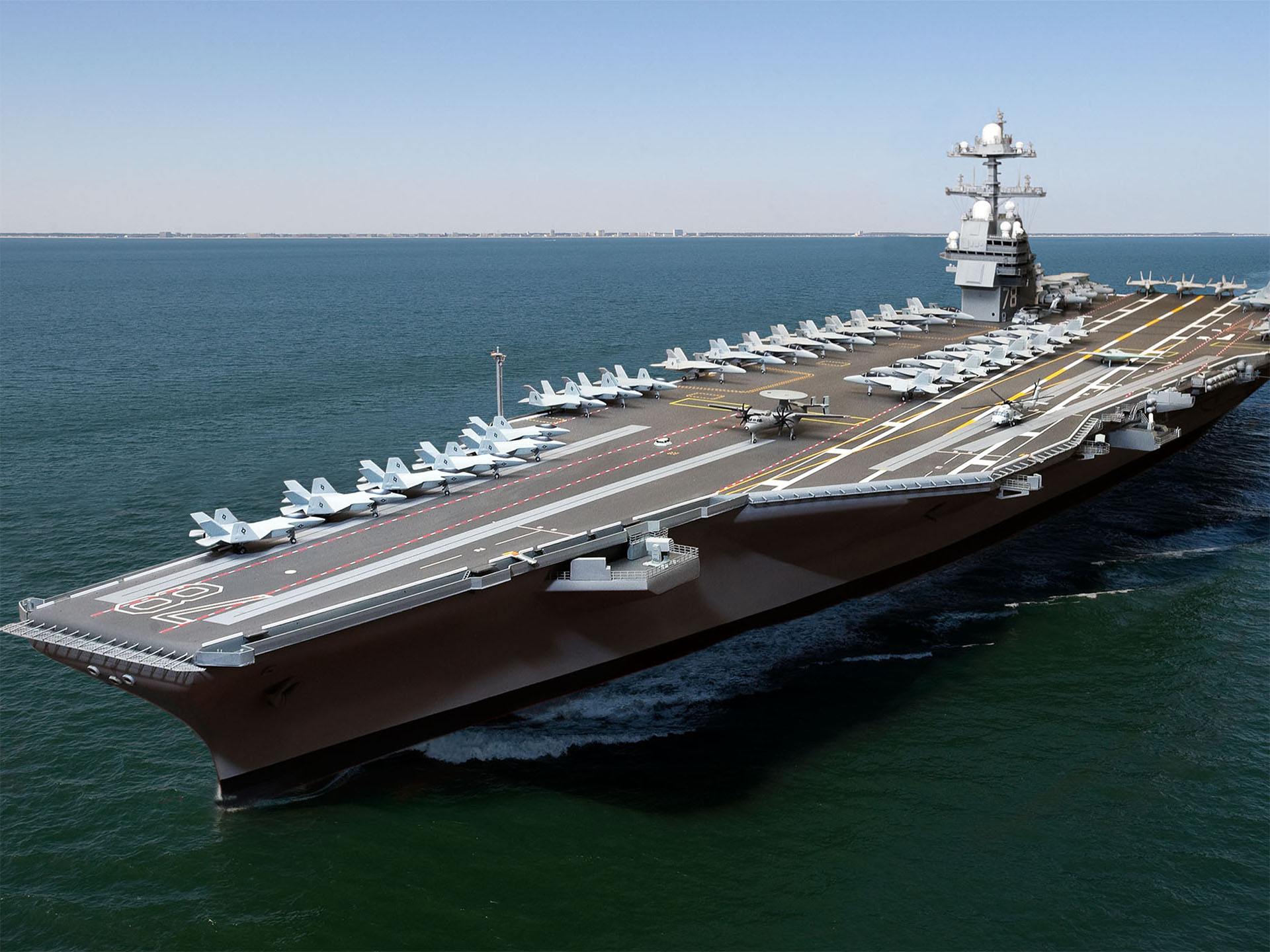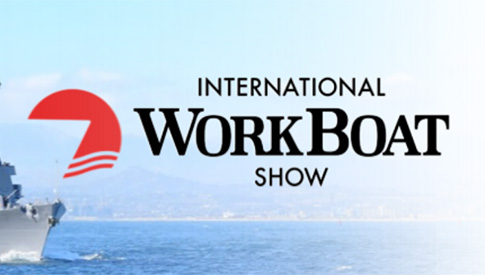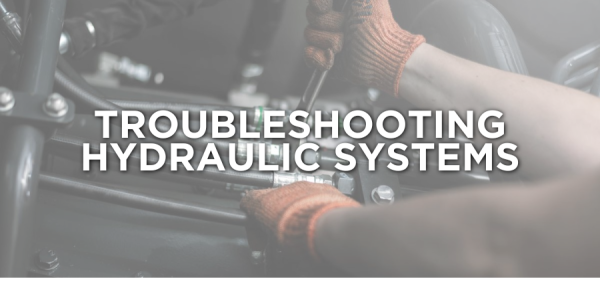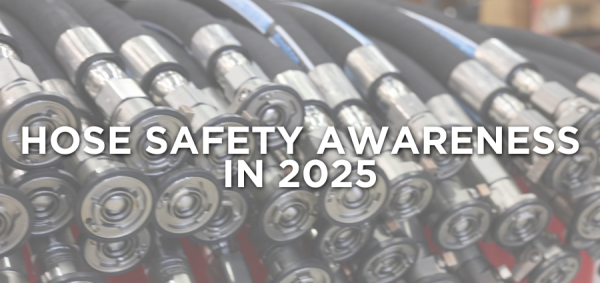The differences between USVs and UUVs, and the solutions provided by SIT
Unmanned maritime systems are transforming the world of naval operations, marine science, and industrial inspection. Two dominant classes of autonomous platforms lead the way: Unmanned Surface Vessels (USVs) and Unmanned Underwater Vehicles (UUVs). While they share some technologies and goals, each has unique capabilities, deployment requirements, and mission profiles. And even though Supreme Integrated Technology (SIT) does not build the vehicles themselves, they deliver critical solutions that support unmanned maritime systems.
1. What Are USVs?
Unmanned Surface Vessels, also called USVs (or ASVs/autonomous surface vehicles), operate on the water’s surface without human crews aboard. They range in size from small 20–40 ft speedboats up to larger Medium (MUSV) and Large (LUSV) surface platforms capable of advanced intelligence, surveillance, reconnaissance (ISR), and even missile payloads.
Key features and applications:
- Autonomy levels: humans remotely operate or the USV navigates autonomously along pre-planned routes, updating dynamically as needed.
- Communications: near shore, radio or cellular links work; farther offshore, satellite links enable control and data transfer.
- Sensor payloads: can include sonar, LiDAR, environmental sensors, cameras for applications such as surveying, environmental monitoring, mine countermeasures, and maritime security.
- Examples: the U.S. Navy’s Fleet-class USV (CUSV/MCM USV) can travel over 35 knots, carry 5,000 lb of gear, and support anti-submarine and mine warfare tasks.
USVs offer major advantages: safer operations (no onboard crew), lower operational costs, and flexibility across missions in harsh or high-risk maritime environments.
2. What Are UUVs?
Unmanned Underwater Vehicles (UUVs), sometimes called underwater drones, operate entirely submerged without crew. UUVs come in two primary categories: AUVs (autonomous underwater vehicles) which navigate and make decisions without human input, and ROVs (remotely operated vehicles) which remain tethered to a ship and controlled in real time by an operator.
Capabilities and use-cases:
- Autonomous deep-sea surveys: AUVs follow pre-programmed routes, gathering sonar, imagery, and environmental data for seabed mapping, pipeline inspection, or mine detection.
- Tether-supported operations: ROVs are vital for deep-water salvage, construction, and detailed inspection where live feedback and manipulation by a human controller is essential.
- Technical challenges: Underwater communications are far more complex (radio signals don’t transmit, acoustic links are slower), navigation must contend with currents, pressure, salinity, and limited GNSS availability.
- Examples: Large platforms like the U.S. Navy’s XLUUVs (e.g. Boeing’s Orca) can operate over 7,500 miles deep underwater for extended periods. Systems like Australia’s Ghost Shark or U.S. Manta Ray serve surveillance, reconnaissance, and strike missions autonomous or pre-deployed at seafloor.
UUVs bring precision underwater capability, especially for tasks requiring stealth, seabed mapping, or proximity to structures. But they rely on battery endurance, pressure resilience, and onboard autonomy to succeed.
3. USV vs UUV: Head-to-Head
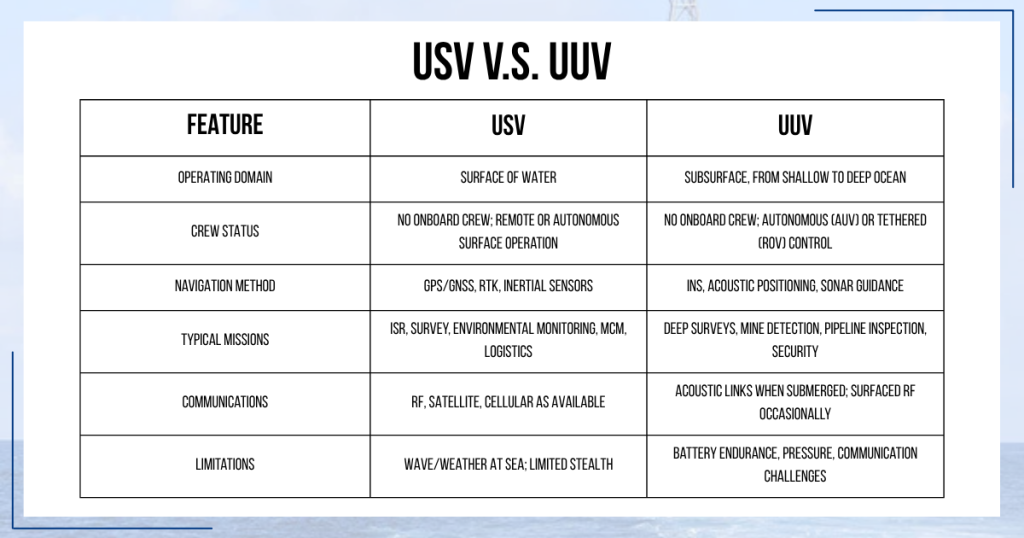
4. Where SIT Fits In
Supreme Integrated Technology (SIT) is not a vehicle-builder, but the company offers critical engineering and structural support that enables USV and UUV platforms to operate reliably in maritime and subsea applications. Key strength areas include:
- Hydraulic & electric-powered movable structures: SIT designs and manufactures motion systems that could support launch and recovery gear, subsea deployment mechanisms, and stabilizing rig structures for unmanned systems.
- ISO 9001-certified manufacturing: built to international standards such as ABS, DNV, API, and MIL-STD, ensuring structural integrity in harsh marine environments. Such certification is vital when integrating payloads onto USVs or UUV platforms.
- Commissioning & field service: SIT supports field deployment and ongoing operation, essential for maintenance or integration of submarine docking stations, launch systems, or subsea infrastructure that unmanned vessels interact with.
Specifically, SIT delivers:
- Steering Systems
- Launch & Recovery Systems
- Stern Gates & Ramps
- Integrated Propulsion Packages
- Valve Automation
In practice, SIT supports the ecosystem around unmanned maritime systems, ensuring that platforms from other manufacturers are deployable, maintainable, and mission-ready.
5. Why it Matters
As both government and commercial sectors embrace maritime autonomy, reliable engineering and integration are critical. USVs and UUVs offer cost-effective, safer options for a wide range of missions, but without robust support systems (launch platforms, deployment rigs, hydraulics, structural modules), their capabilities cannot be fully realized.
SIT fills that gap: enabling unmanned maritime technologies to transition from prototype to sustained operation.
Conclusion
At their core, USVs and UUVs serve distinct yet complementary roles in modern maritime operations. USVs navigate and operate on the surface, while UUVs operate beneath it, either autonomously or via tether. Each requires specialized engineering, reliable systems, and durable structural integration to perform effectively. While SIT may not build the unmanned vessels themselves, its capabilities in hydraulic structures, fabrication, commissioning, and marine systems make it uniquely positioned to support the lifelines of unmanned maritime missions. As unmanned platforms advance, SIT’s solutions ensure they remain robust, deployable, and mission-ready in real-world operations.

